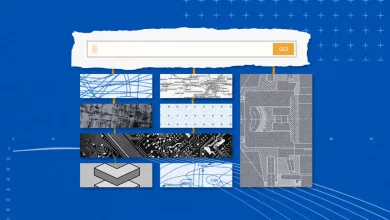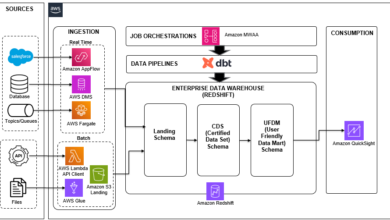A guide to cloud migration factory: PwC

Evolving beyond lift-and-shift is critical
The ability to evolve from legacy systems to the cloud can increasingly define an organization’s success. As artificial intelligence (AI), advanced analytics and more advanced digital capabilities take shape, business leaders recognize that the cloud is at the center of agility, flexibility and productivity. In an ideal scenario, it also unleashes innovation and full-scale disruption.
But getting to return on investment (ROI) can be extraordinarily challenging. PwC’s 2023 Cloud Business Survey found that while 78% of companies have parts of their business already in the cloud, only 10% fully realize the benefits of being a cloud-powered business.
Why the disconnect? Too often, business and IT leaders think about a cloud migration in limited terms. Ultimately, a business’s goal is to get legacy assets into the cloud as quickly as possible with minimal modifications — a common technique that’s referred to as “lift and shift” — taking advantage of Infrastructure as a Service (IaaS) functionality from the cloud service providers. This involves moving applications to the cloud without making changes to underlying code or infrastructure. This approach can make it nearly impossible to take advantage of cloud features like automatic scaling of computers and storage.
Frequently, this approach can leave an organization buried in manual, disconnected tasks rather than enabling a strategic operating model. In addition, an organization can wind up with poorly performing applications, inadequate security, people-heavy operations and duplicate IT infrastructure. Lift-and-shift can also lead to squandered money and resources — as well as an inability to support the needs of a digital business, including advanced analytics and AI.
Current approach: why lift-and-shift can limit cloud capabilities
Because lift-and-shift fails to account for crucial application details such as system configurations, itemized dependencies, user permissions and mismatches related to both software and hardware, it cannot take advantage of cloud features such as automatic scaling, dynamic storage and easy-to-use containers, microservices and application programming interfaces (APIs).
Yet, for many organizations, lift-and-shift can be attractive because it is a fast and inexpensive way to get to the cloud. In a lift-and-shift migration, IT teams can simply copy infrastructure, code and data and drop it into the cloud. Of course, there are times when an individual lift-and-shift makes sense — and helps save dollars — but this approach can compound problems with technical debt such as outdated operating systems, ineffective databases, inconsistent application-to-server mappings and hard-coded security protections.


![Salary, Job Description and Skills [2024 Edition] Salary, Job Description and Skills [2024 Edition]](https://europeantech.news/wp-content/uploads/2024/03/AWS_cloud_practitioner_job_description-390x220.jpg)
